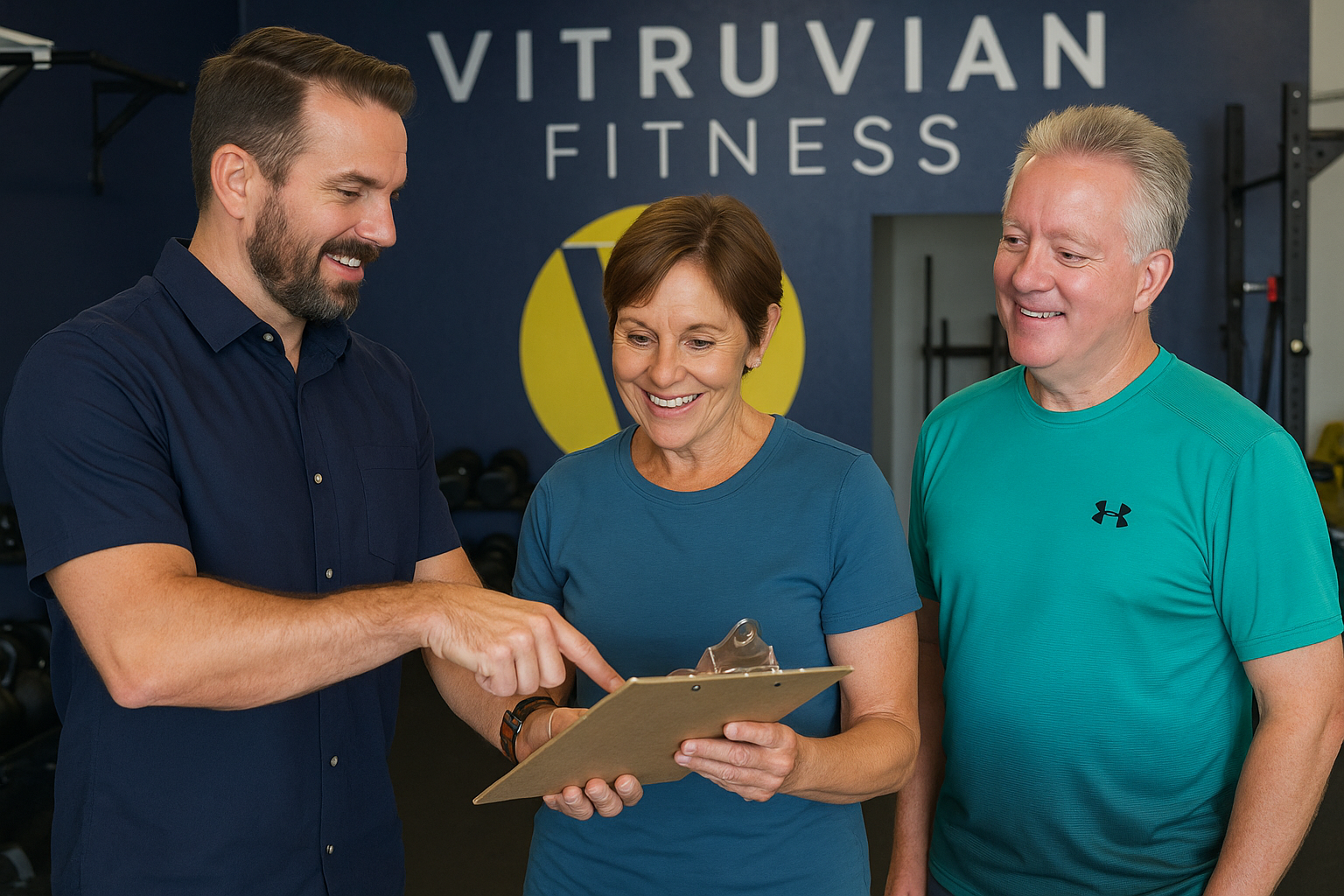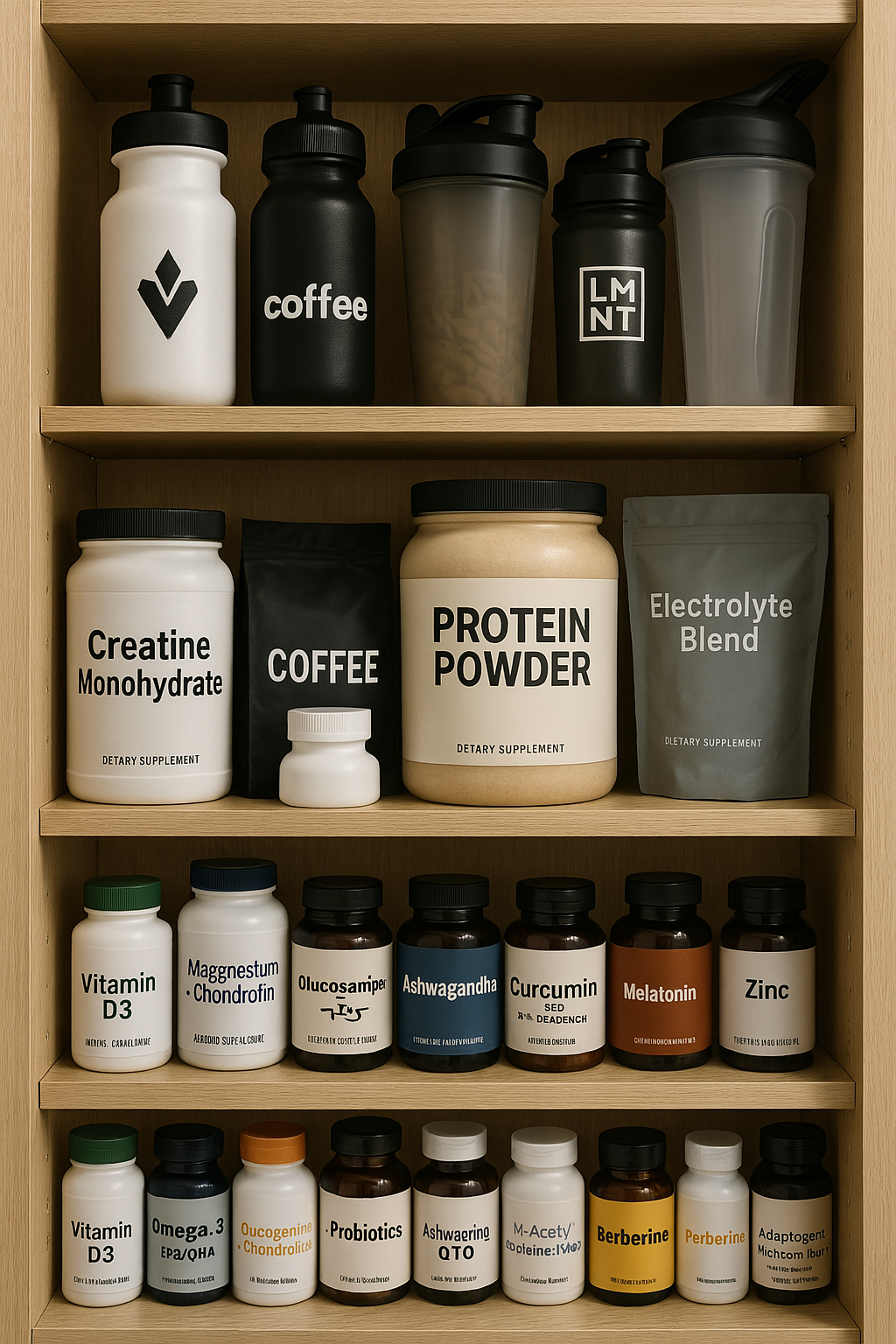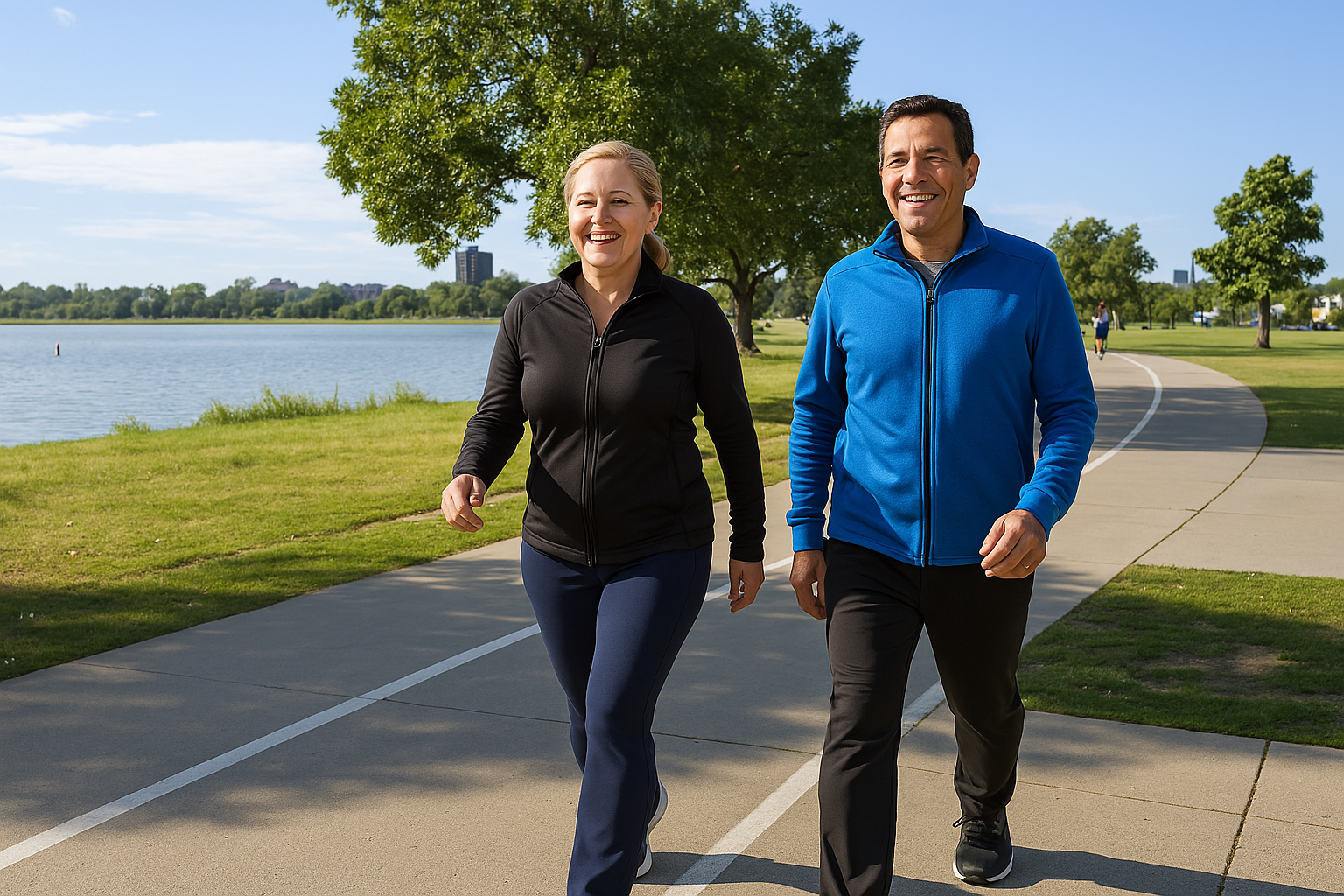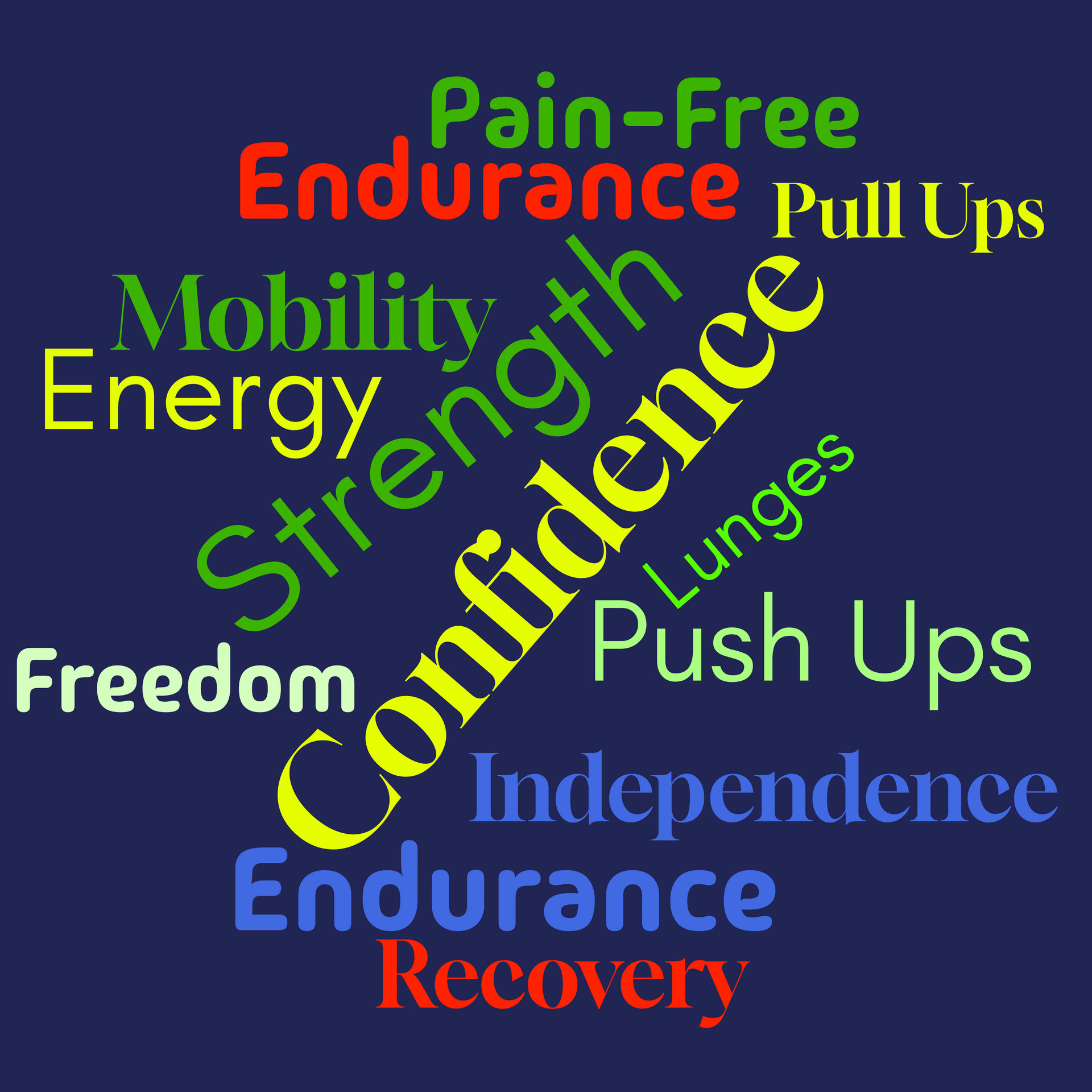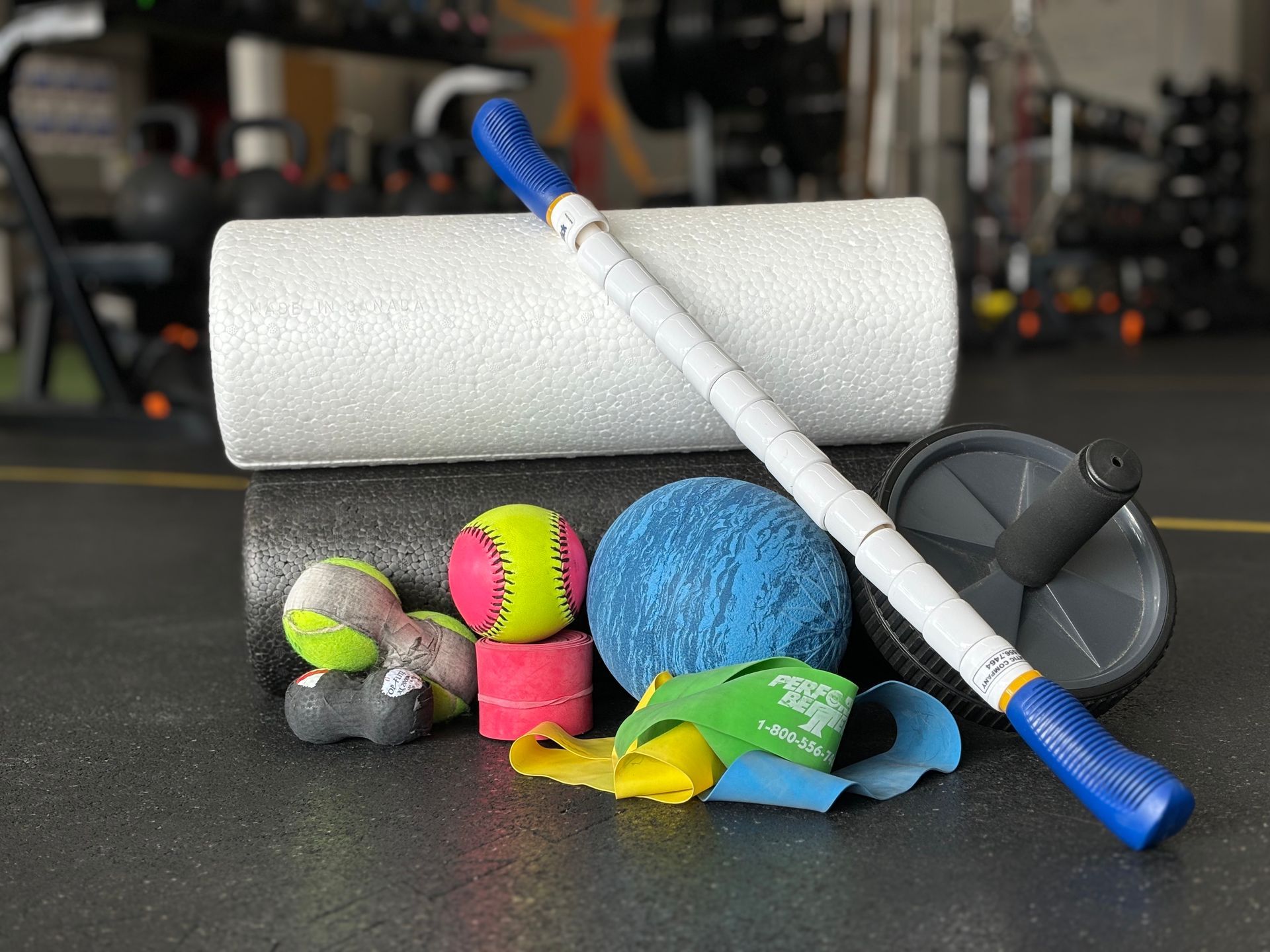Cycling Specific Training
Cycling is like a lot of other sports. You can just play and gradually get better little by little simply by playing a lot. Or, you can get better, stronger, faster and have more fun by training with a purpose and a plan. By breaking your game down into its fundamental components (aerobic training, energy system development, motor control, skills, power and endurance) you can make 2012 the best season of your life. Riding bikes is really fun. But riding well and conquering new challenges is really awesome.
This season, to help you take your cycling to a new level, Vitruvian Fitness is launching a cycling specific training program. Like all of our training, we like to do it in groups – more people, more fun, more economical, too.
The timing is perfect, too. Beginning in the last two weeks of January, you’ll have the opportunity to spend the next 14 to 18 weeks riding bikes and working out (two things you love doing anyway) with such a focus that by May, you’ll be prepared to have the season of your life.
To participate in the program, everyone must begin with Lactate Threshold Testing. “LT” testing estimates your aerobic capacity and sets your individual training zones accordingly. With this information, we’ll create the training profiles and schedule that you can perform individually or, you can choose to participate in our group rides, which will be pre-programmed for the training season. You also have the option to do a strength-training program that is customized for you and is designed to complement and enhance your training on the bike.
Here’s the program:
- Lactate Threshold Testing – mandatory
- Completed at the beginning of the program and then 3 more times in 4-week intervals. Again this sets the base line, establishes training zones and then is used to monitor progress.
- We will give you the results of the test and plug them into a spreadsheet that outlines your training ride objectives for each week through the end of May. You can perform the rides on your own or join us for the group training rides. See next item.
- Group Training Rides – optional
- 90 minute rides programmed to get the desired training effect at each phase of your training. Beginning indoors and then moving outdoors when the weather is nicer and predictable.
- Strength Training– optional
- Strength training for cycling is much like our regular training with a few tweaks. Leg strength is an obvious objective but so are issues like motor control and core strength. It’s more involved than squats and planks but you’ll see a tremendous difference in every aspect of your riding as a result – climbing, speed, endurance, comfort and confidence.
- Strength programs are available in twice per week and once per week options. The strength training programs are bundled 6 weeks at a time. If you choose to switch from twice to once per week after the initial 6 weeks to gain an extra day of riding, that is acceptable.
- Notes about the optional training components:
- If you’re not able to join us at the time the group rides are scheduled, the studio is open for you to get your training rides in on your own. We’ll give you the training intensities and objectives for each ride but you’ll have to perform them on your own. If you elect to do the strength work on your own, we’ll give you some guidelines on the lifting you should do.
- Pricing
- Pricing is available on our online retail store. From the main screen, choose the Retail Store Tab and then the Classes & Training option. From there you can see the a la carte pricing or, you can select the Training Packages to see the bundled pricing.
- Scheduling
- You will notice a new tab on the main screen for “Cycling.” Click there to see the schedule and to make a reservation for the LT testing and the group rides. The first Lactate Threshold test is scheduled for January 30, 2012 at 7:15 PM. (updated) It will take the group 1 hour to conduct the test.
Indoor rides are planned for twice per week but that schedule is not set in stone yet. The number of program participants and your feedback will help us finalize the schedule for group rides. We will add additional days and times if the group numbers are large enough.
Updated FAQ
There have been a lot of questions about the cycling specific program that I’ll try to clear up here. I imagine, for every question I’ve heard, there are 2 or 3 that I haven’t. So, please don’t hesitate to ask if you’re not clear about something! This is supposed to be fun and help you dramatically improve your riding skills and strengths.
- The Lactate Threshold Tests are the cornerstone of the program. These usually cost upwards of $120 each depending on how far the tester has to travel to perform the test. Ours are only $55 because of the way we’re performing the test and because we’re doing it as a group. This is a high value test if you’re interested in getting better as a cyclist. We perform it 4 times throughout the training season because we expect that number to improve and when it does, your training zones move with it.
- We changed the date of the first test. The first test will happen on Monday, January 30 at 7:15 PM.This type of test is known as a “sub-maximal” test which means you will work at increasing intensity levels eventually approaching a maximal effort. Start to finish, it takes about 40 minutes. You will sweat and be very out of breath.
- After you complete the test, you will receive a spreadsheet that tells you your Lactate Threshold Heart Rate. This allows you to customize your workouts anywhere in the world where you can wear your heart rate monitor. Yes, we’ll also correlate LT to watts on our bikes, but that is additional information for use on our bikes only. You can still use the LTHR for any other activities. (You will actually receive the test results via email a few hours after the test is complete.)
- You will also receive a spreadsheet that tells you in what training zones (%LTHR) you should be performing your workouts during the training period. If you want to do your workouts/rides on your own outside, inside, your house, our studio, that’s all good. You’ll have the data and the plan to put it together.
- If you want to do your riding workouts as a group, we’ll have group rides scheduled to perform inside. So far, there isn’t a lot of agreement in our small group when those rides should be. We’re going to have to lock that up soon.
- If you have recently purchased a group class punch pass and won’t be using it for spin classes, we can apply the remaining value to the cost of the testing and indoor group rides.
- Although we generally don’t offer this, because the tests need to begin this Monday and your personal situation may require it, I’m able to split the cost into a couple payments if you prefer. Contact me directly if you would like to do this.
Now I’ve certainly left out a detail or two. After reading this FAQ and the blog post describing it, let me know if you still have questions.
You might also enjoy these posts . . .
